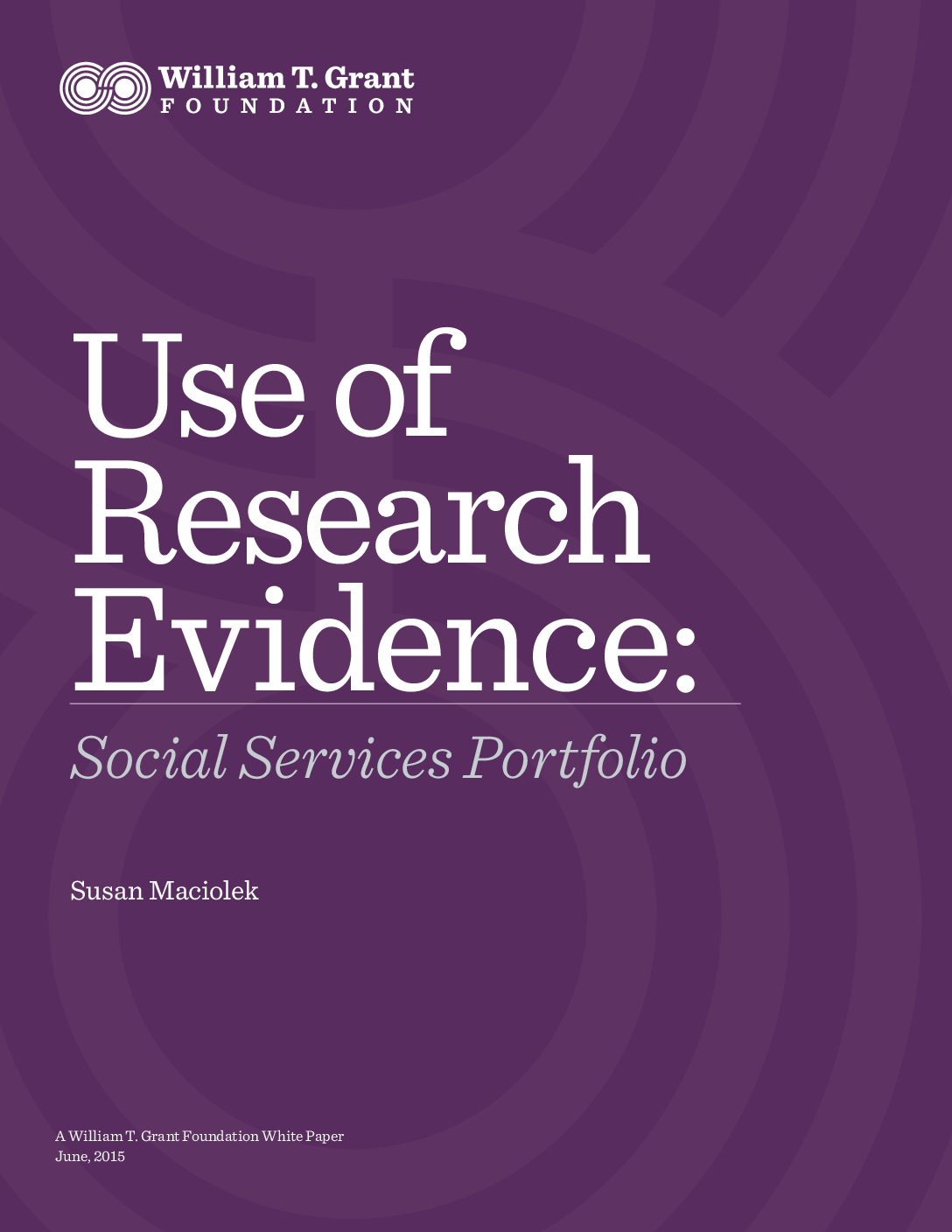David Rubin and his team are examining whether physicians who are exposed to stories about doctors who adhere to research-informed prescribing guidelines adopt similar behaviors. The hope is that a “powerful story will stick.”
Rubin is a practicing pediatrician and professor of pediatrics at the University of Pennsylvania. He is also co-director of The Children’s Hospital of Philadelphia (CHOP) PolicyLab, a center that develops and implements evidence-based solutions that are responsive to community needs and relevant to policy priorities. At its core, Policylab is interested in generating high-quality research and having it used.
One strategy that may bolster physicians’ use of research-informed guidelines is a greater emphasis on storytelling and narrative. Rubin and a team of interdisciplinary researchers are studying whether prescription guidelines that involve a narrative component—specifically, stories that feature real patient and provider voices—will impact prescribing behaviors with regard to antipsychotic medications. Rubin’s research is in response to what he sees as the increasing reliance on off-label antipsychotic prescriptions to address disruptive behavior, a trend that is especially prevalent among physicians treating publicly-insured children and youth in foster care.
In order for research evidence to improve the well-being of children and youth, it is critical for researchers to develop long-term relationships with policymakers and practitioners and build trust
Traditionally, antipsychotics, which act like powerful sedatives, were prescribed to children with disorders such as schizophrenia, bipolar disorder, and autism. More recently, there has been a troubling shift toward more widespread use, although the evidence to support the prescription of these medications to children with behavioral challenges is limited. Rubin suspects that the growing reliance among doctors on prescribing antipsychotic medications stems from a perceived lack of alternative resources to meet the needs of patients.
Rubin’s first aim is to assess knowledge, attitudes, beliefs, barriers, and facilitators related to antipsychotic prescription practices, and to identify salient examples of physicians whose practices were guided by research. The second aim is to test the effectiveness of evidence-based narratives in affecting clinicians’ prescribing behaviors. Rubin and his team plan to target psychiatrists, pediatricians, and family practitioners across Pennsylvania. Participants will receive either standard prescribing recommendations, standard prescribing recommendations and one narrative (“low-dose” arm), or standard prescribing recommendations and three separate narratives (“high-dose” arm). Rubin will look at Medicaid claims data to ascertain the influence of the guidelines and narratives on changes in prescribing behaviors.
I knew I wanted to reach a much wider audience of practitioners and policymakers and have an opportunity to influence the system on behalf of these children.
Rubin understands that in order for research evidence to improve the well-being of children and youth, it is critical for researchers to develop long-term relationships with policymakers and practitioners and build trust. Toward that end, Dr. Rubin will be collaborating with Pennsylvania’s Medicaid program and with the state chapter for the American Academy of Pediatrics to engage clinicians throughout the state.
Rubin’s research on health policy and public health, and his passion for improving the lives of vulnerable children, such as those in the child welfare system, was inspired by a 1999 child maltreatment fellowship at CHOP. Of the enduring influence of that experience, he says, “I knew I wanted to reach a much wider audience of practitioners and policymakers and have an opportunity to influence the system on behalf of these children.”



